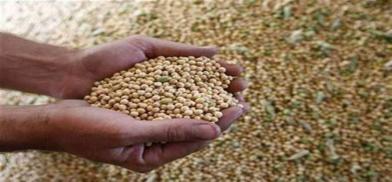The irony of Nepal’s booming soybean oil exports to India
Nepal produces roughly 31500 tonnes of raw soybean, not enough to fulfill its own domestic demand, yet Nepali traders exported nearly 246300 tonnes of processed soybean to India, making it the most exported commodity of the country

Nepal produces roughly 31500 tonnes of raw soybean, not enough to fulfill its own domestic demand, yet Nepali traders exported nearly 246300 tonnes of processed soybean to India, making it the most exported commodity of the country.
In the eleven months of this current fiscal (the Nepali fiscal year ends on 15th July), it exported soybean worth over $350 million, reported The Kathmandu Post. It could easily cross $400 million by the end of the year, industry players say.
The South Asia Free Trade Agreement (SAFTA) contributed to this surge. Tariff exemptions on Nepali exports to India under SAFTA give the region's traders an advantage. Countries outside of the region are slapped with tariffs of 45 percent on soybean oil.
Importing crude oil with zero tariff privilege and exporting it to India with zero traffic privilege enables Nepali traders to enjoy a net profit of 45 percent, excluding other profits.
However, this is another side of the story. Despite substantial exports, it contributes almost nill to the country’s economy. The government doesn’t get any taxes; it doesn’t require big factories for refinement, which in turn, generates no jobs.
Posh Raj Pandey, a Nepali economist, proposes to discourage these policies. “How can we call it an industry when it imports raw materials, refines, and re-exports them. This does not need much labor and factory expenses are also small,” he was quoted as saying by The Kathmandu Post.
It doesn’t encourage farmers to grow soybeans, he said,but “it kills productivity.”
(SAM)









Post a Comment